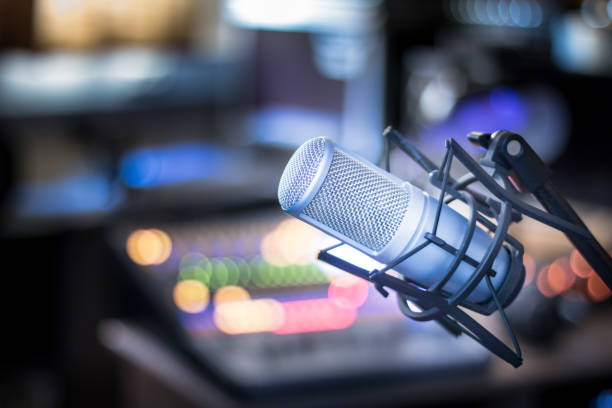In the fourth quarter of 2023, according to RAJAR data, there has been a significant evolution in how the British public consumes radio content. While only 28% still prefer traditional AM/FM listening, 43% turn to DAB, and 26% to IP, with 11% via app and website, and a notable 15% through smart speakers.
This latter figure highlights a considerable increase in BBC listening via IP, following the BBC’s strategy of concentrating access to its content on OTT platforms. But the numbers reveal more: on-demand listening through BBC Sounds. the BBC’s proprietary OTT audio platform, has grown by 55% in two years, reaching a staggering 231 million listens in Q4 2023.
These figures confirm the effectiveness of the BBC’s decision to focus its content on its primary disintermediated platform. However, the data also suggest perhaps an unexpected outcome.
the BBC Sounds app recorded 149 million listens
Cridland explains that in the first quarter of 2021, the BBC Sounds app recorded 149 million listens to radio and on-demand podcasts, while BBC podcasts were downloaded 265 million times worldwide.
In the recently released data for the fourth quarter of 2023, the BBC Sounds app marked 231 million listens to radio and on-demand podcasts, while global downloads of BBC podcasts dropped to 222 million.
The decline in third-party podcast listening, although seen as a success by some BBC management, is a phenomenon that requires deeper analysis as it could have significant and not necessarily positive consequences. However, it remains clear that the BBC’s decision to concentrate access to its content on disintermediated platforms is proving increasingly wise.
The transformation towards OTT represents the new frontier for broadcasters. Who must quickly adapt to become content providers without going through traditional distribution networks such as DTT, satellite, DAB, or FM. This transformation involves not only technology but also the business model of broadcasters.
It is a change similar to that faced by record labels at the end of the last century when physical media sales such as records, CDs, and cassettes experienced a steady decline.Leading some to predict their complete annihilation. However, despite the death of physical support, record labels began a slow but progressive rebuilding process. This path of reconstruction has led to their extremely positive current condition.
The solution to problems often comes from the problems themselves, which may not have been as serious as they seemed. The music market in Italy growth of 14.2% in the first six months of the years. Reaching a turnover of over 175 million, mainly thanks to streaming.
The musician distribution
Many broadcasters see disintermediation as something negative, but it’s not always the case. Musicians, for example, have realized that not relying on a few physical distribution channels can bring advantages. They have embraced OTT platforms in response to the crisis of physical sales.
Even merchants dependent on large-scale distribution have realized the importance of diversifying through online sales, thus circumventing disintermediation. Sooner or later, broadcasters, still tied to traditional distribution channels and linear models, will also understand the importance of adapting. Some will do so sooner, others later.








